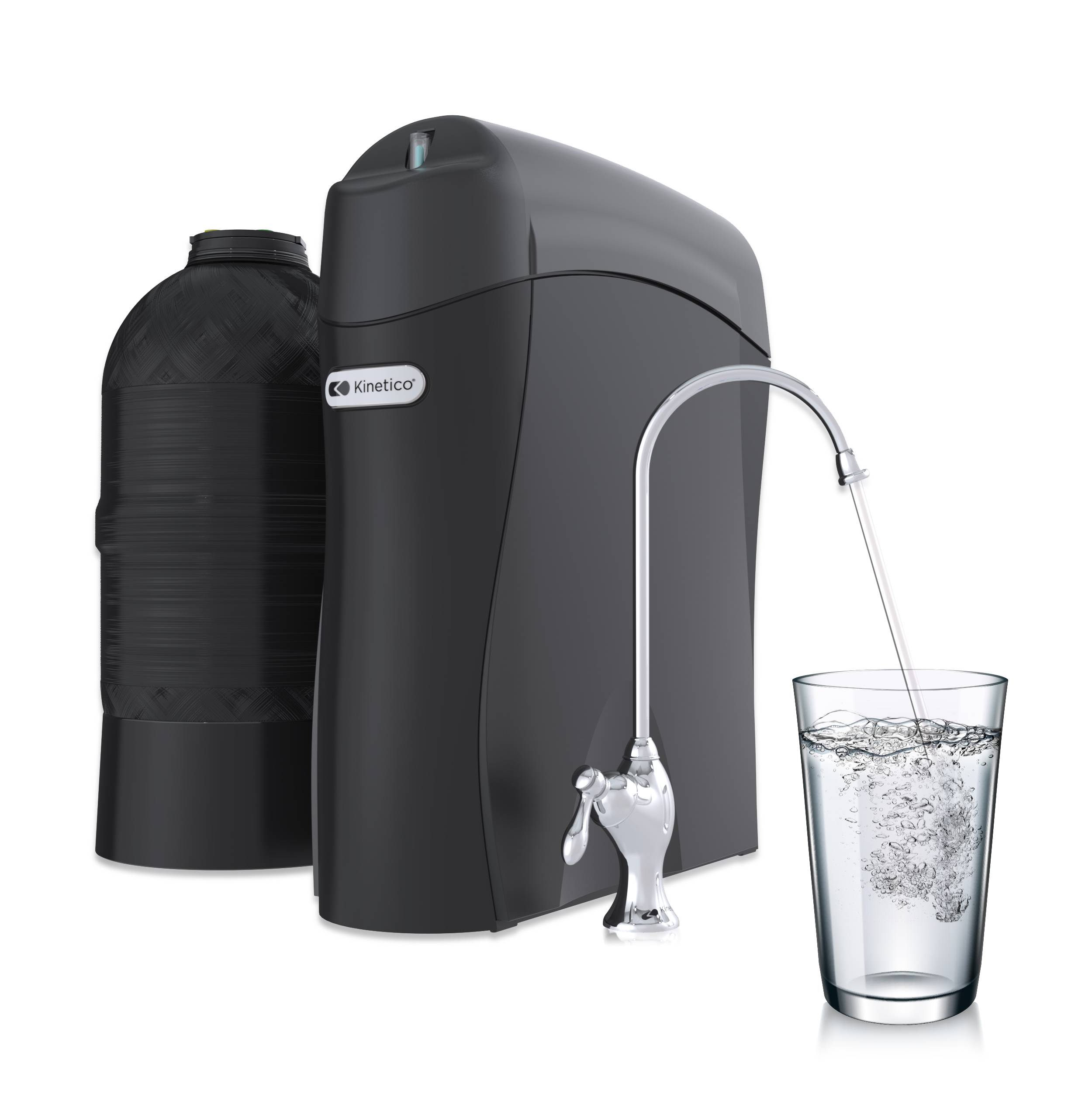A cup of tea or coffee is 99% water, so the water used for brewing makes a big difference in the quality of what you drink. There are hundreds of compounds that are released when hot water hits the beans and leaves. When we taste, we actually use both the tongue and the nose to create a complete picture. (Just try eating soup with one hand pinching your nose…it won’t taste the same.) So if the water isn’t especially good, it can rob you of what should be a pleasurable break—chlorine and hardness are major culprits.
Chlorine will attack the flavor compounds and may be strong enough to compete with the aroma from the cup. A good carbon filter is all that’s needed to eliminate this bad actor from your diet, and the rest of your drinking water will taste better too.
Hardness is typically Calcium and Magnesium and maybe a little Iron that’s dissolved in your water. (Learn more about hardness or iron). When these minerals combine with compounds in tea and coffee, they bind together to form solids. Flavors and aroma are tied up and taken away from your mouth and nose. A water softener and/or reverse osmosis system are effective ways to fix this problem. My personal preference is an RO system, because it has a carbon filter for the chlorine, a membrane to purify, and a mineral cartridge polisher to ensure a complementary balance of ions for the tea and coffee to steep in.
Here’s something you can try just for fun if you have hard water at home or work. It also makes a simple, but safe and effective science fair project. Buy a bottle of water at the supermarket, making sure to pick one that’s been treated by reverse osmosis. Brew two cups of tea at the same time in the microwave: one with hard water, and the other with RO water. About 90 seconds should do it. Take the cups out of the microwave and remove the teabags. Now compare color; is one muddier than the other? Smell and taste; the cup made with RO water will be brighter and livelier on the palate, and you may also detect a cleaner flavor. It’s easy to observe that just because a cup of tea is darker does not mean it is stronger or richer, or that is has a full range of flavors for you to enjoy.
I did this “tea test” with a standard bag of Lipton black tea and then took these photos.
The tea made with RO water was, you guessed it, the one on the left. I chose a black tea (instead of a green or white) because I thought the result to be visually more striking. Doing this with a highly aromatic tea such as orange pekoe, or a more subtle green tea also demonstrates what a profound difference the right water makes.
Life is just too short for a bad cup.


